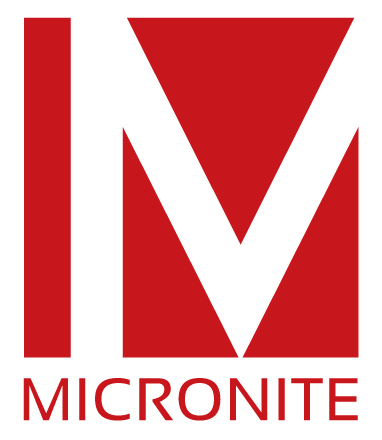The new generation process and production control system described in this book is used to control all activities on machine shop floor and to provide data-driven engineering solutions. Several key functions are required to control production activities in a modern plant. These functions can be grouped into six categories: (1) manufacturing planning and process control design, (2) data capture and intelligent data processing, (3) analytical process visualization and automated decision making, (4) low-risk assurance of quality , (5) optimization of process and production conditions, and (6) dynamic control of production efficiency and effectiveness. For any particular case, it is not necessary or feasible to include all functions. Rather, different manufacturing plants require different sets of functions and control tools depending on equipment and the production structure.
The main function of the shop control system is to capture sufficient amount of inspection / production data and automate decisions at the point of data entry. This function is implemented through embedded machining knowledge managed by the expert system. Operator interface rules relate to events which require actions, such as a sampling time, tool offsets, and tool changes. Quality assurance schemes and rules are used to achieve zero-defect production status and risk-free certification. A strategy for the integration of a variety of functions matching uniquely assembled machining processes brings astonishing results.


